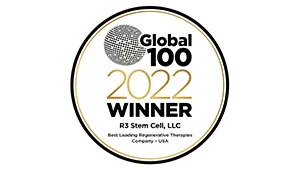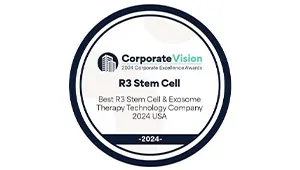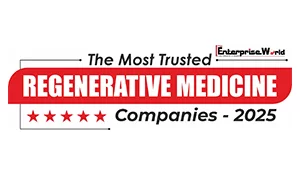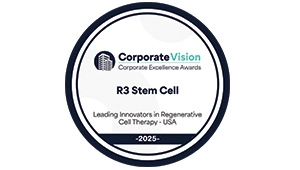Stem cell therapy has become much more popular in recent years. This is especially true as there are more and more clinical trials and research involving the use of stem cells. Stem cell therapy is not a one size fits all treatment option. Each patient will require a unique approach depending on their ailments and unique situation. In addition, there are a variety of different forms of stem cell therapy that can be used on patients depending on what their specific condition calls for.
One form of stem cell therapy involved stem cells that are derived from the patient’s own body. These stem cells are typically derived from the patient’s bone marrow or fat cells. Stem cells derived from bone marrow are particularly important for issues with cartilage, tendon, or muscle. This means people suffering from musculoskeletal tissues can greatly benefit from stem cells derived from bone marrow. Bone marrow is usually harvested from the hip bone. Fat is another good source of stem cells. While the harvesting process does take longer, patients are able to store the stem cells for injections later on down the road.

Amniotic stem cells are some of the most coveted types of stem cells because they can essentially differentiate into any kind of tissue in the body. There is hope that one day, these stem cells will be able to help patients with organ regeneration or as a cure for paralysis. These cells are typically harvested during a scheduled c-section from materials that are normally discarded after birth.
Platelet-rich plasma therapy can also be used in conjunction with stem cell therapy. Platelet-rich plasma therapy involves the use of a centrifuge to separate out blood components and isolate platelets within the blood. These platelets have strong healing qualities that often make stem cell therapy even more effective. Platelet-rich plasma therapy can be used on its own or in conjunction with stem cell therapy.
Umbilical cord stem cell therapy is another form of stem cell usage. This involves the use of the “products of conception,” which have healing properties. Products of conception include the umbilical cord and umbilical cord blood, Wharton’s Jelly, placental membrane, and amniotic fluid. These products are taken at birth during a planned c-section from materials that would normally be discarded.
Stem cell therapy is not as simple as a single procedure. With so many biologics with healing properties, research has shown that stem cells tend to work better when boosted with these other products. In addition, each patient’s situation is unique. Therefore, what works for one patient may not necessarily work for another patient. Certain patients may benefit more from bone marrow-derived stem cells, while others need adipose-derived stem cells for use at a later date. Stem cell therapy presents hope for patients who are currently suffering from chronic pain or incurable diseases. There is still more research that needs to be done on stem cell therapy, but there is no doubt it has a place in medicine in the future.

Dr. David Greene
MD, PhD, MBA
Dr. David Greene, MD, PhD, MBA, is a pioneering leader in regenerative medicine and healthcare marketing. As a residency and fellowship-trained orthopedic surgeon, Dr. Greene transitioned from clinical practice to become the founder and CEO of R3 Stem Cell and US Lead Network, where he has revolutionized patient care and medical practice growth through innovative therapies and digital marketing strategies. He has authored two influential books on healthcare internet marketing, ranks among the top expert authors globally, and has been featured on the cover of Corporate Vision magazine for his impact on global regenerative therapies. Beyond his professional achievements, Dr. Greene is passionate about education, compassion, and continuous innovation.











No Comments